In Photos: A Nearly Complete Human Ancestor Skull
This ancient ancestor looked a lot like the iconic "Lucy."
Nearly perfect specimen

A nearly complete Australopithecus anamensis skull has been unearthed in Ethiopia, and it dates to 3.8 million years ago.
Reconstructed face
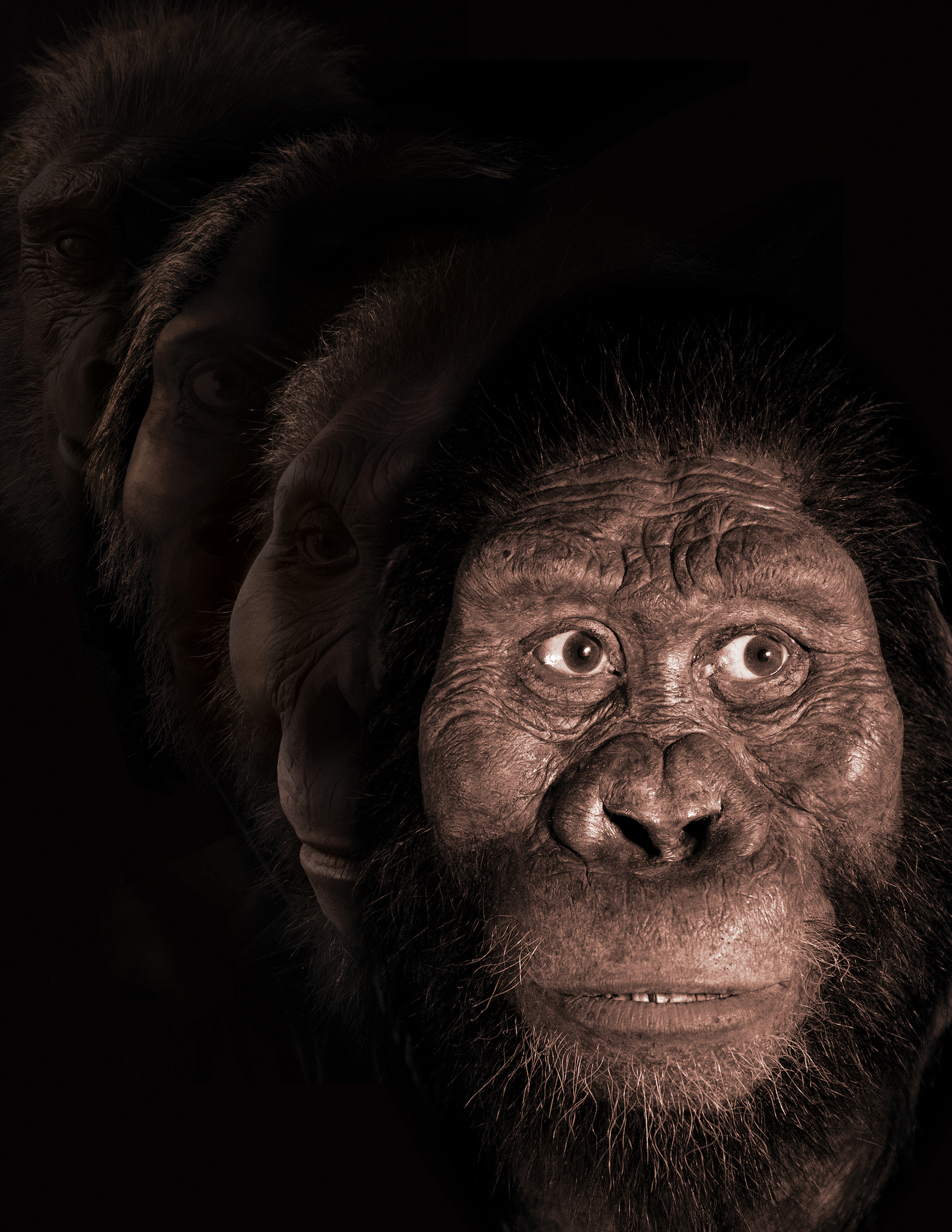
The new skull specimen, dubbed "MRD," allowed anthropologists to put a face to the relative of the iconic "Lucy" species.
Ancient river delta
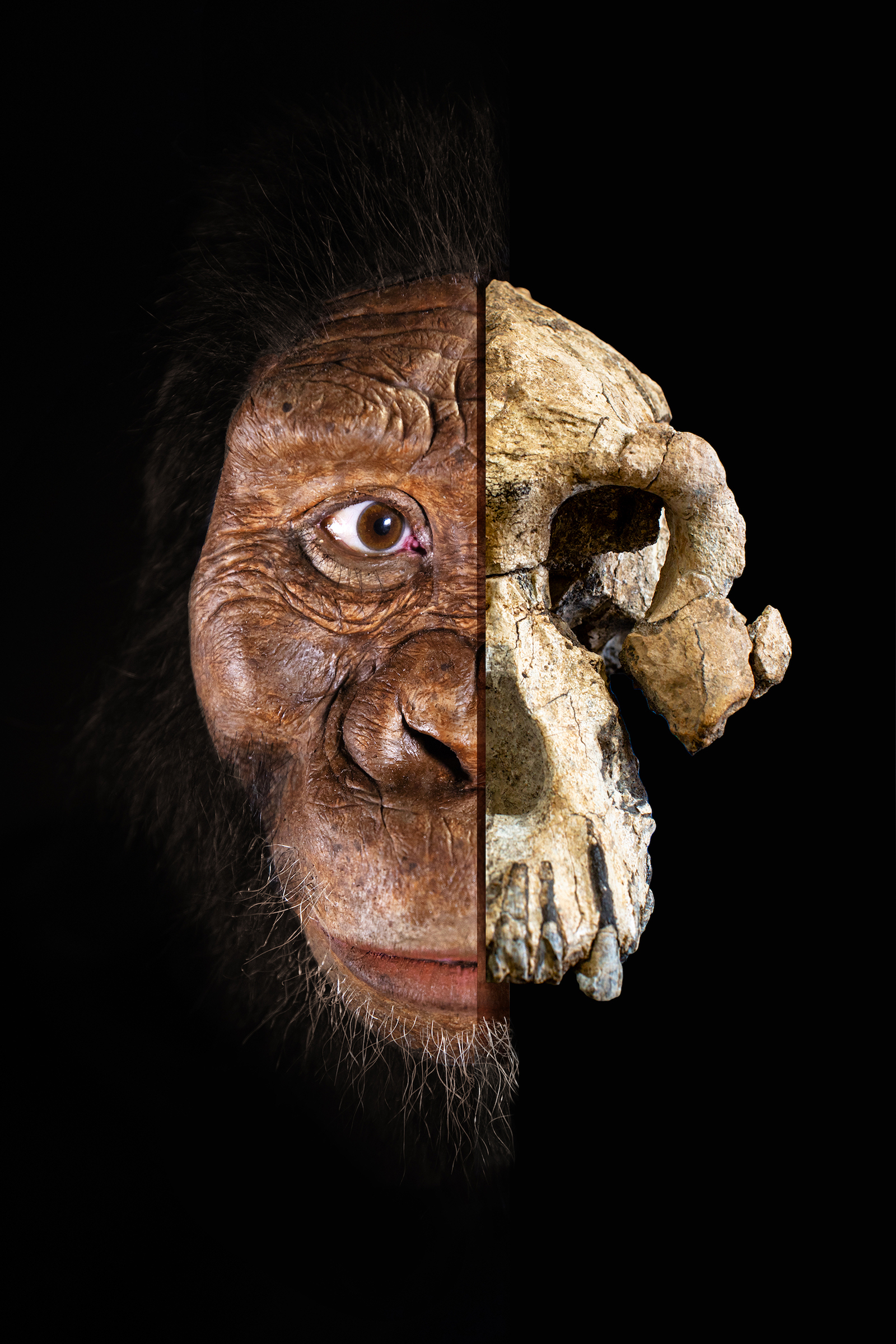
A view of the skull on one side, along with the reconstructed face on the other.
Ancient river delta
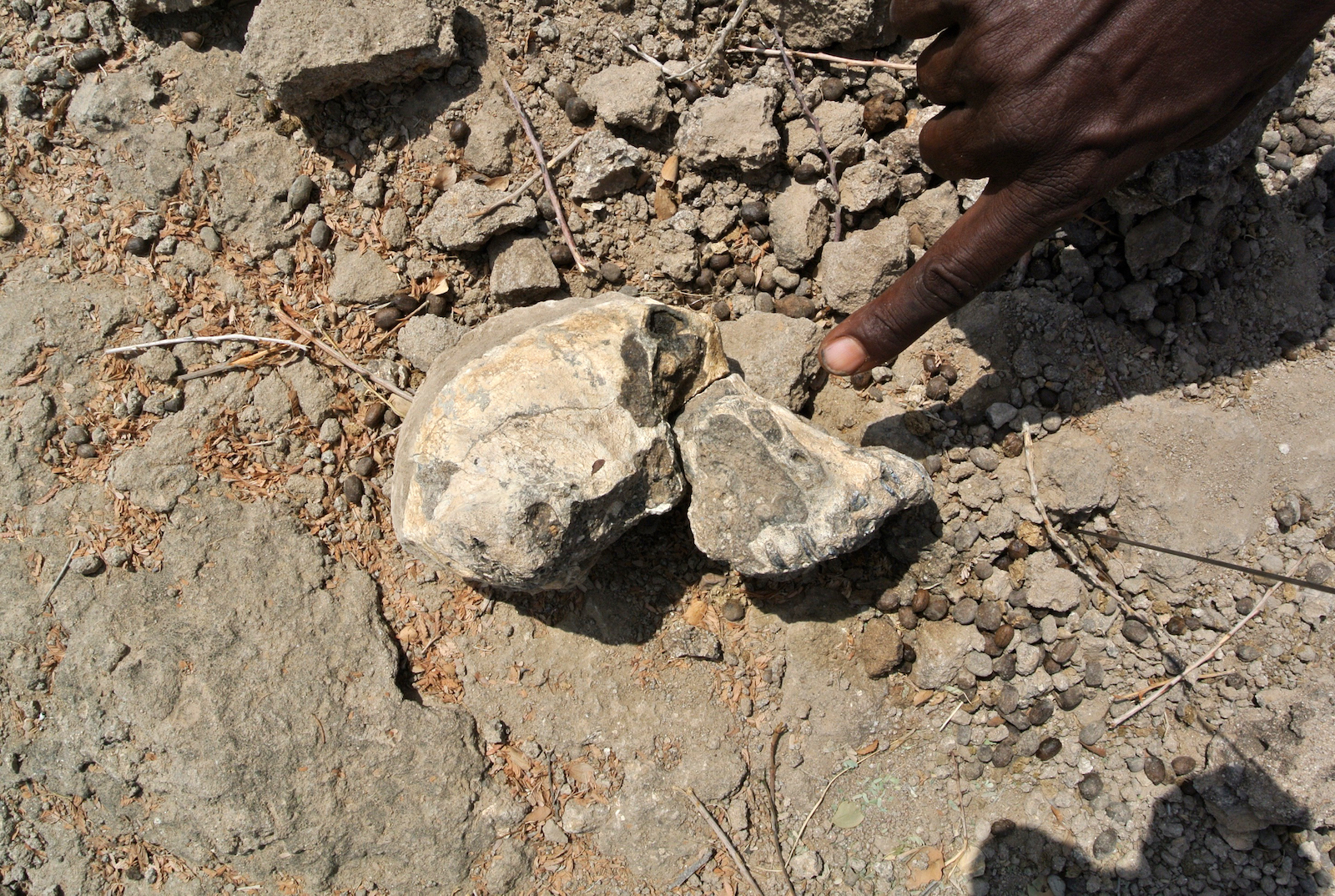
The fossil skull was found in two pieces in an ancient river delta in the Godaya Valley of the Afar region of Ethiopia. The fossil was buried in sand.
Amazing find
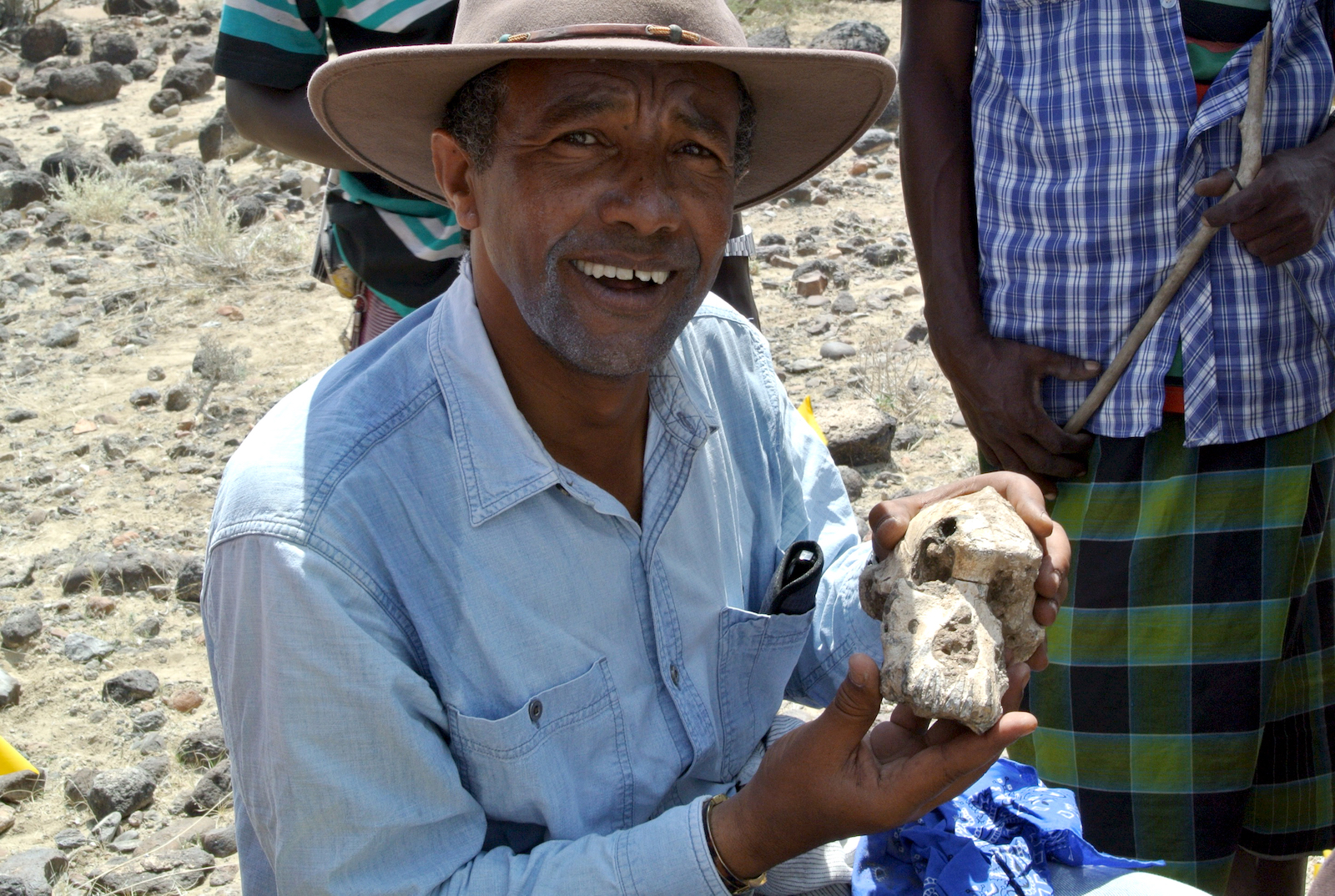
Yohannes Haile-Selassie, a paleoanthropologist at the Cleveland Museum of Natural History, uncovered the fossil in February 2016. Here, Haile-Selassi poses with the cranium.
Another view
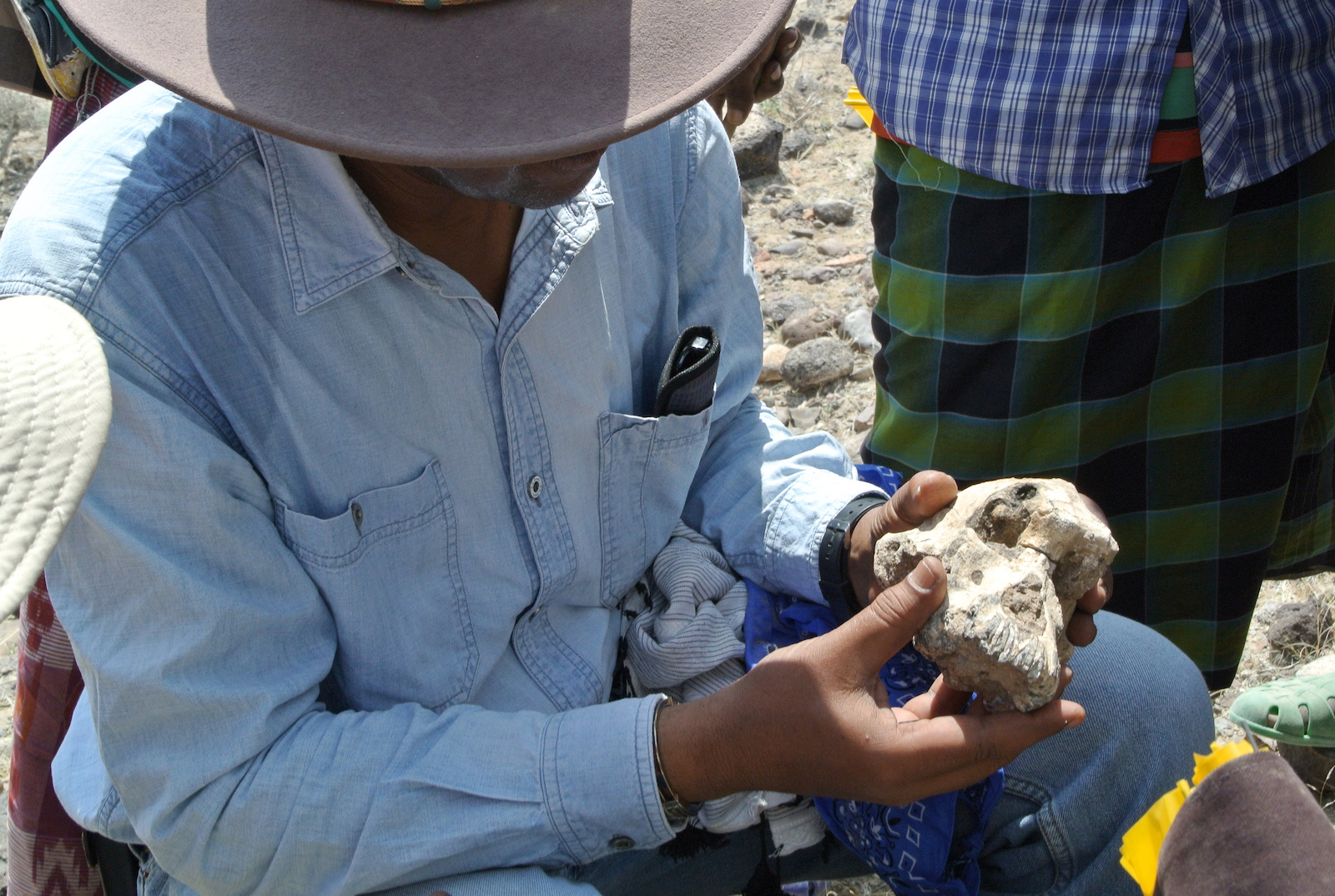
Another view of Haile-Selassie holding the cranium.
Similar to "Lucy"
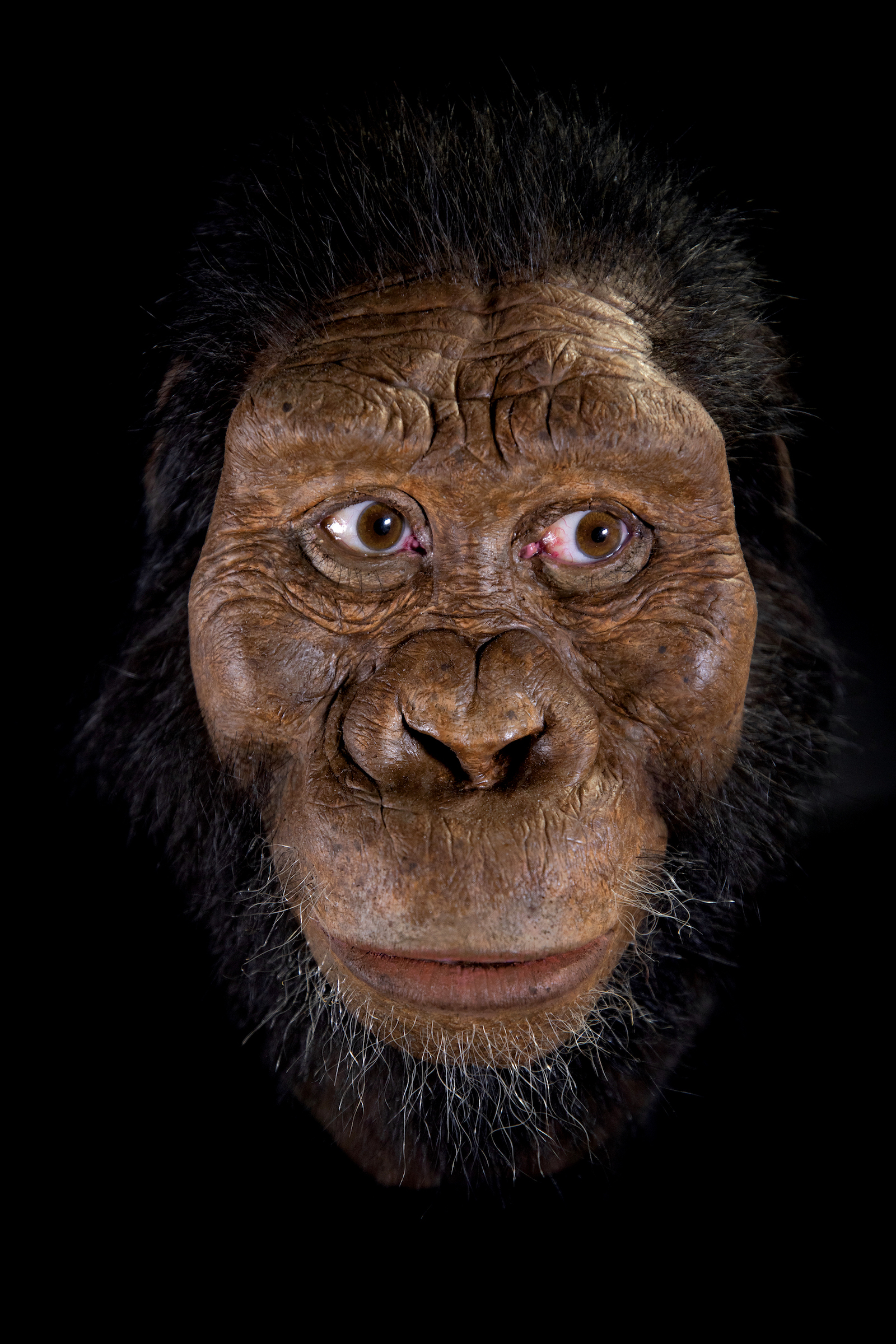
Australopithecus anamensis had a face that was quite similar to the "Lucy" species, Australopithecus afarensis, but with some key differences.
Get the world’s most fascinating discoveries delivered straight to your inbox.
Subtle differences
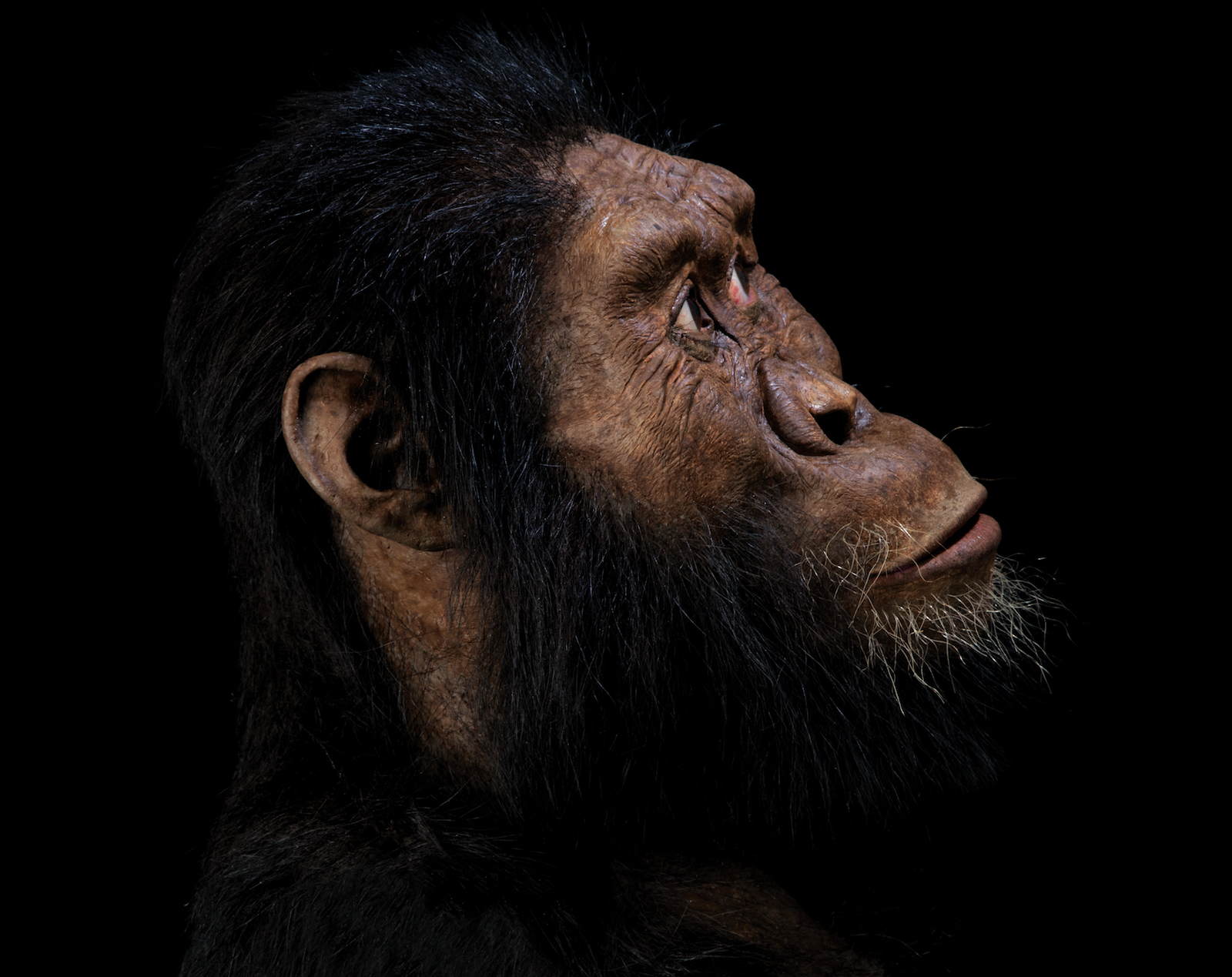
The hominin's face was not quite as massive and rugged as Lucy's, but it had larger teeth than A. afarensis. MRD's jaw protruded, which is different from the relatively flat faces of modern apes.
Size of a chimpanzee
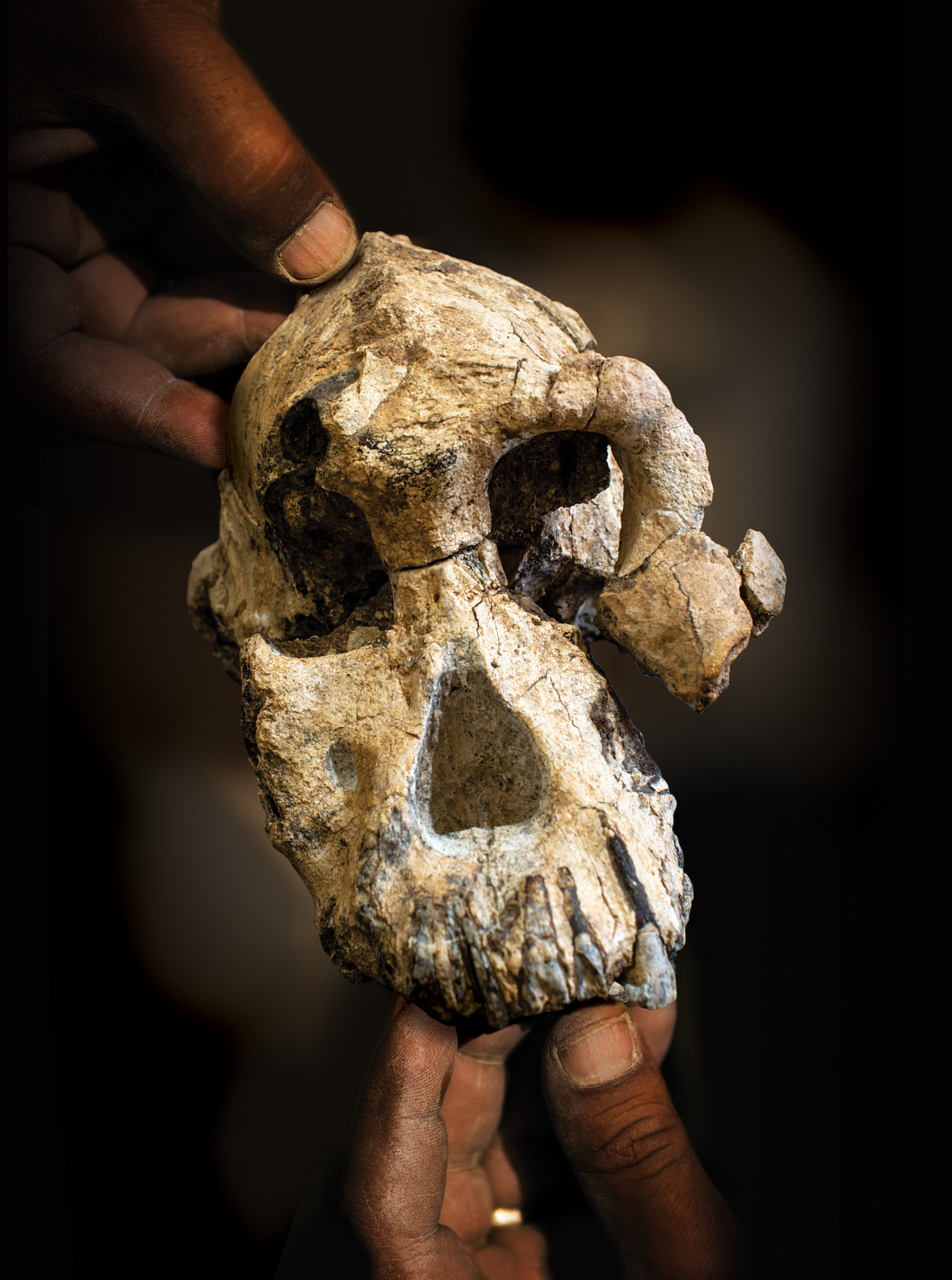
The ancient hominin would have been about the size of a chimpanzee.
Another view
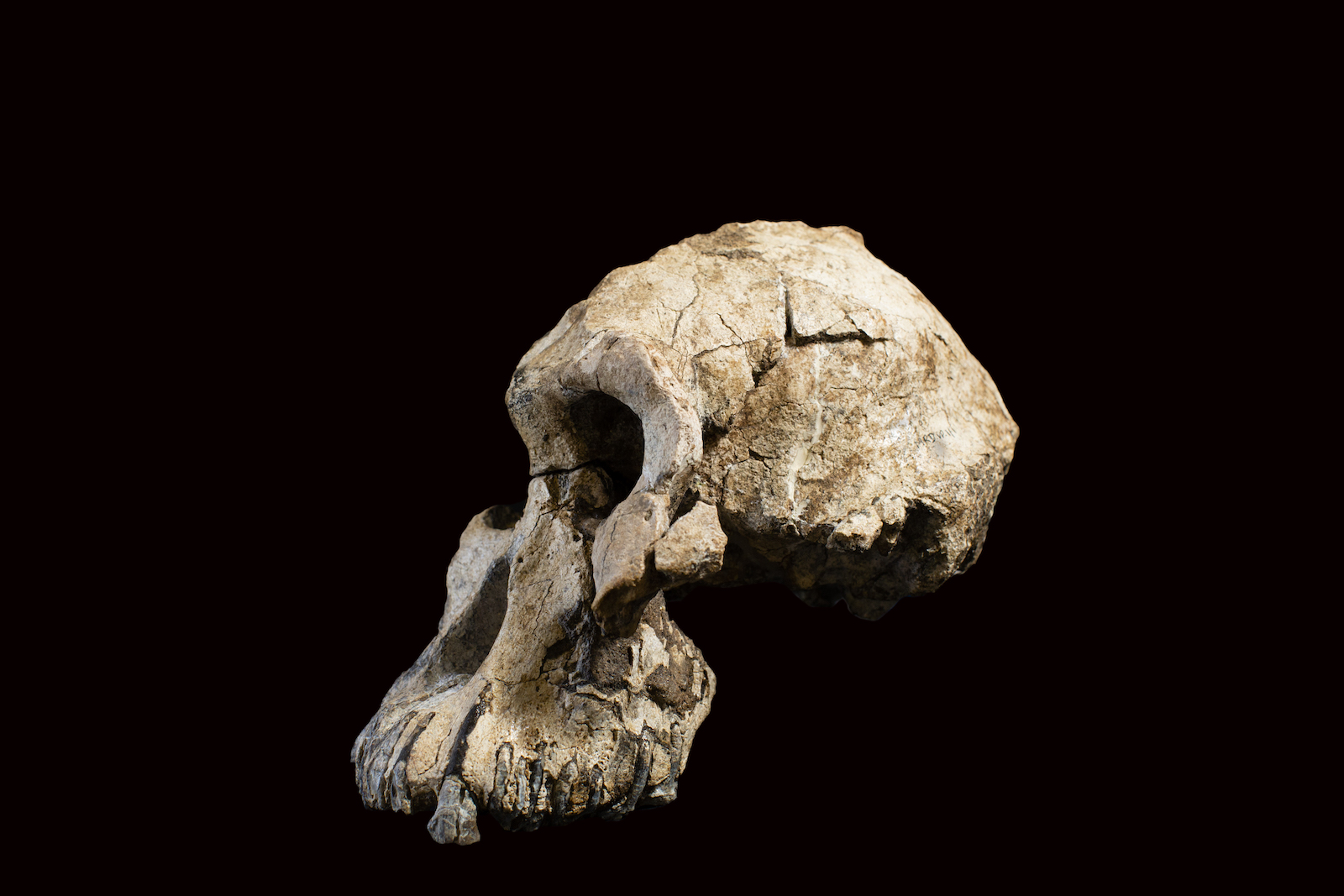
Another view of the ancient fossil cranium.

Tia is the editor-in-chief (premium) and was formerly managing editor and senior writer for Live Science. Her work has appeared in Scientific American, Wired.com, Science News and other outlets. She holds a master's degree in bioengineering from the University of Washington, a graduate certificate in science writing from UC Santa Cruz and a bachelor's degree in mechanical engineering from the University of Texas at Austin. Tia was part of a team at the Milwaukee Journal Sentinel that published the Empty Cradles series on preterm births, which won multiple awards, including the 2012 Casey Medal for Meritorious Journalism.


